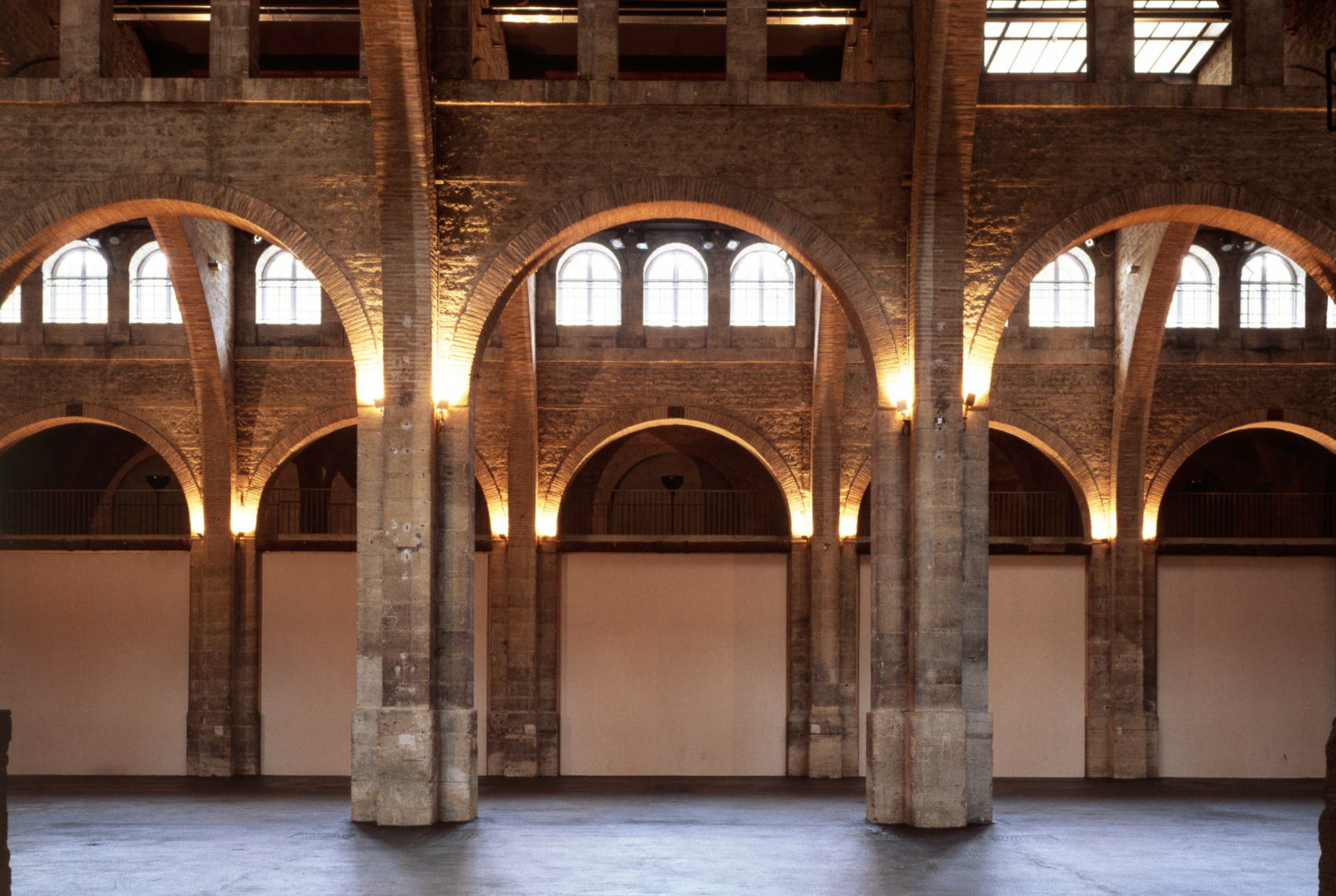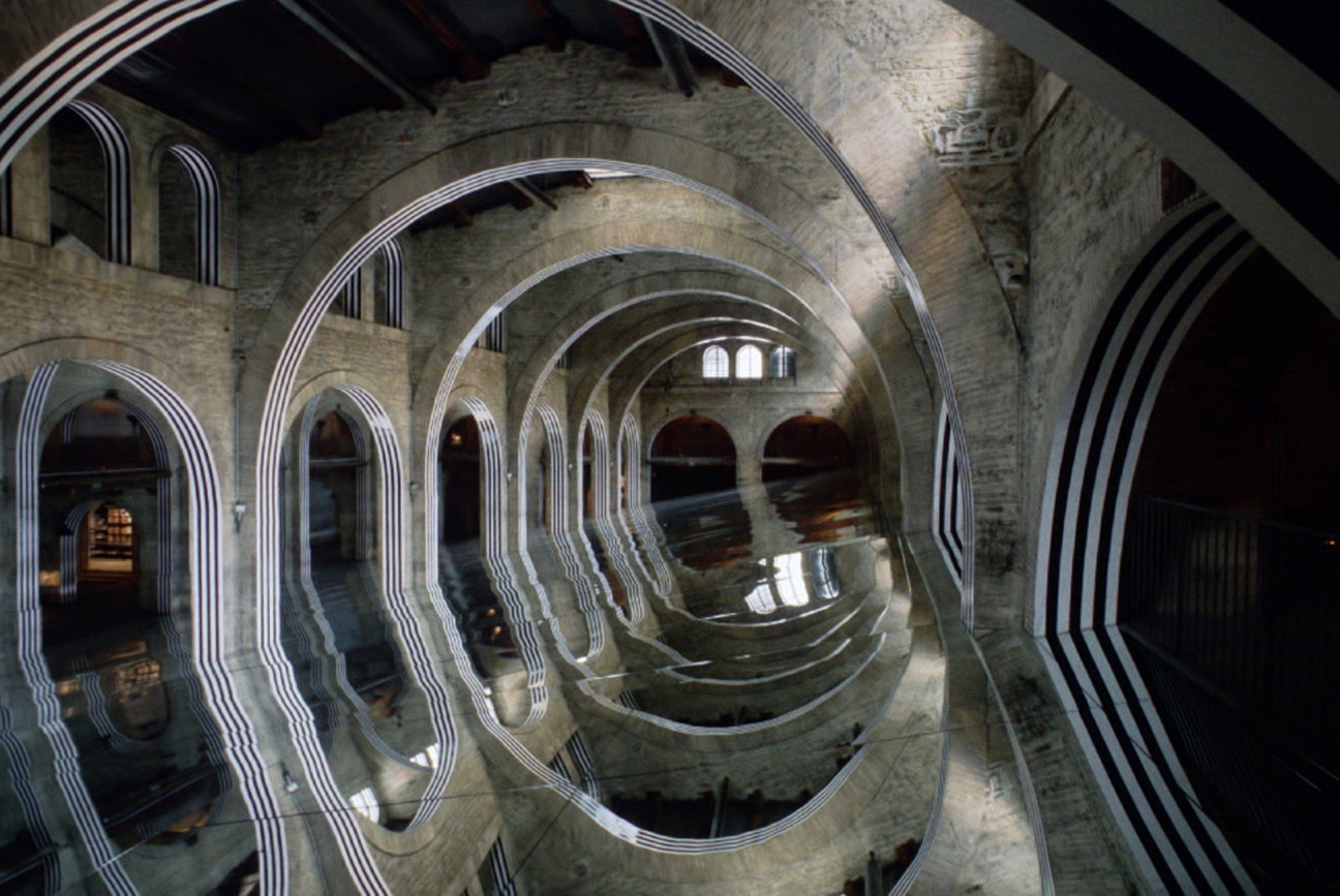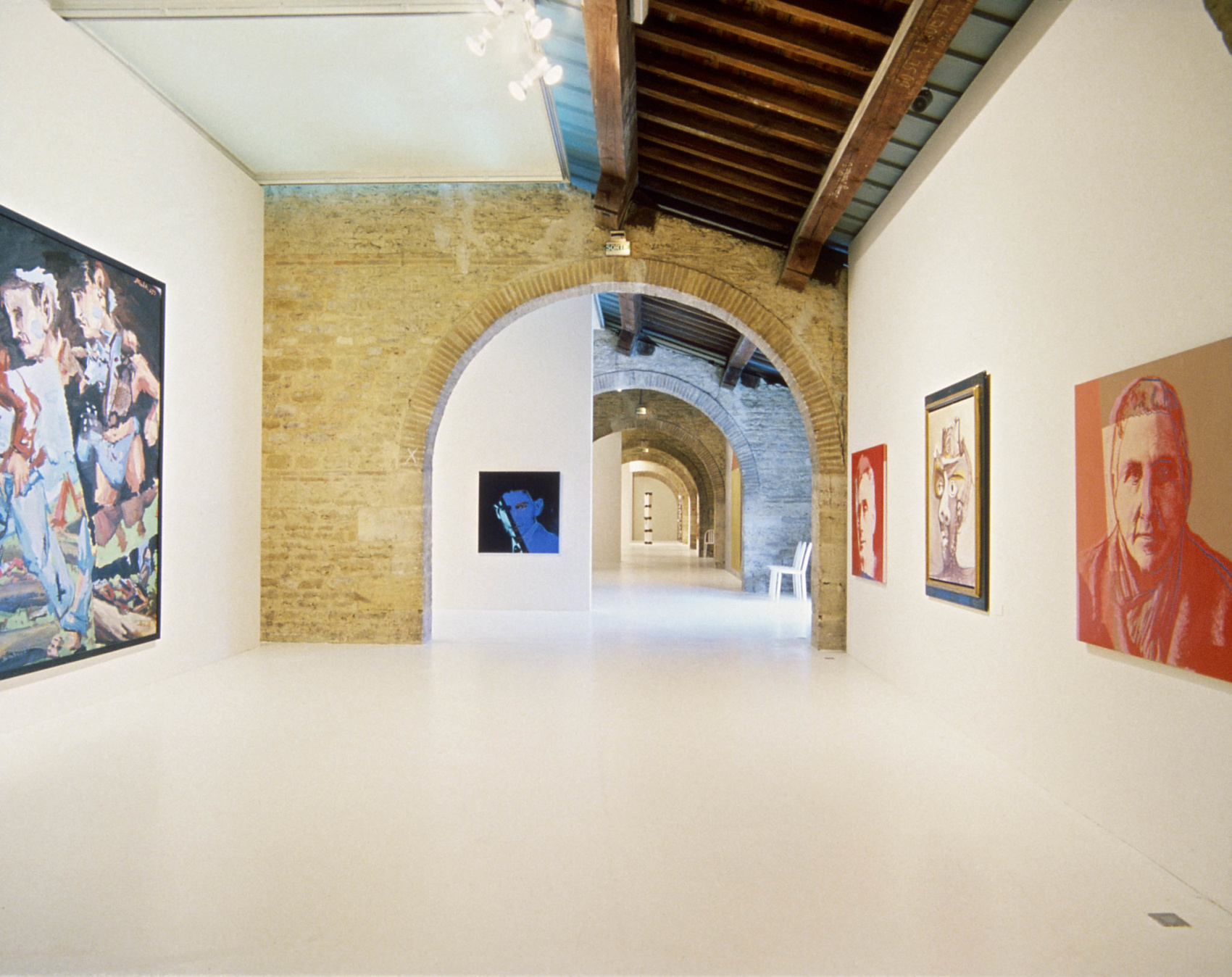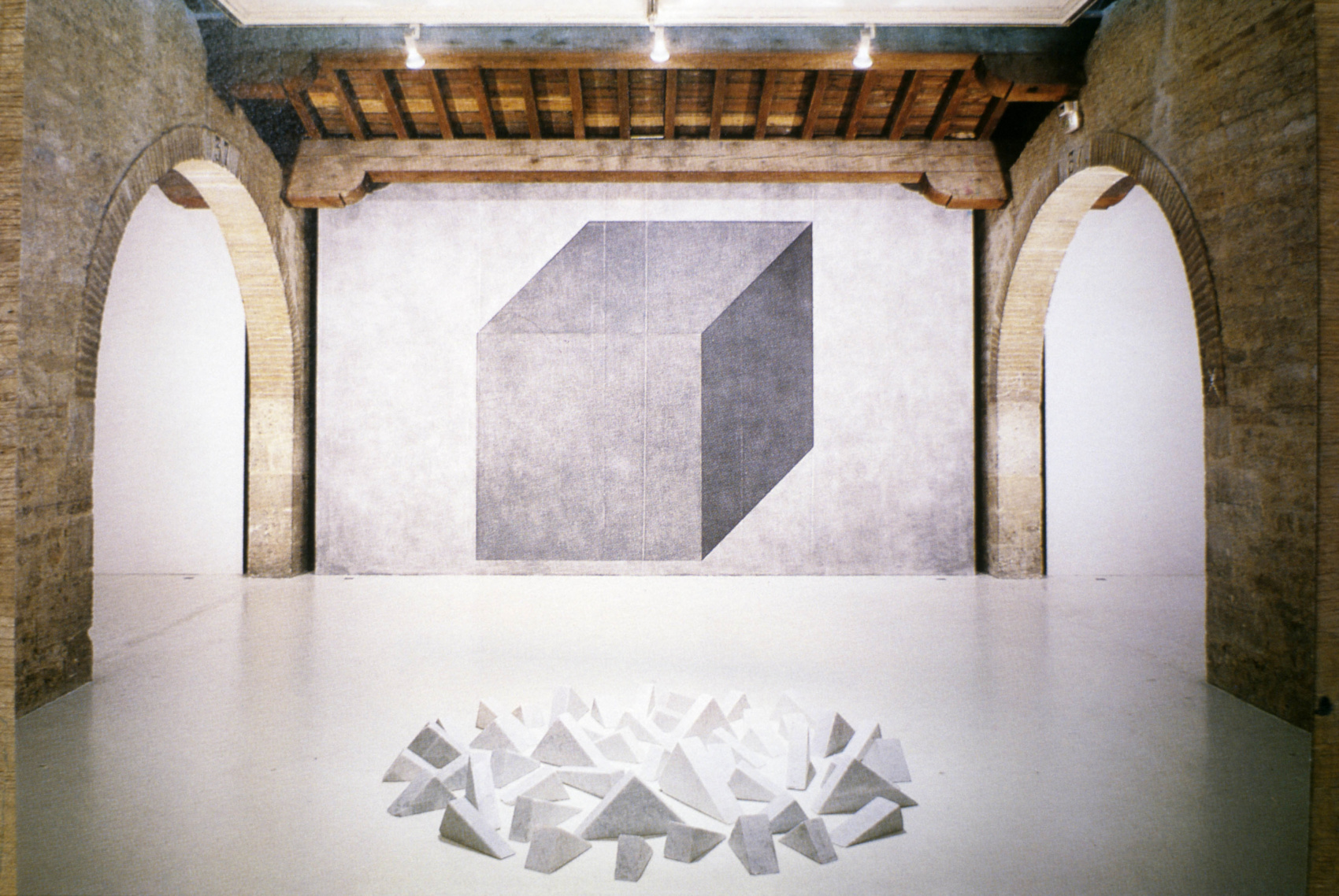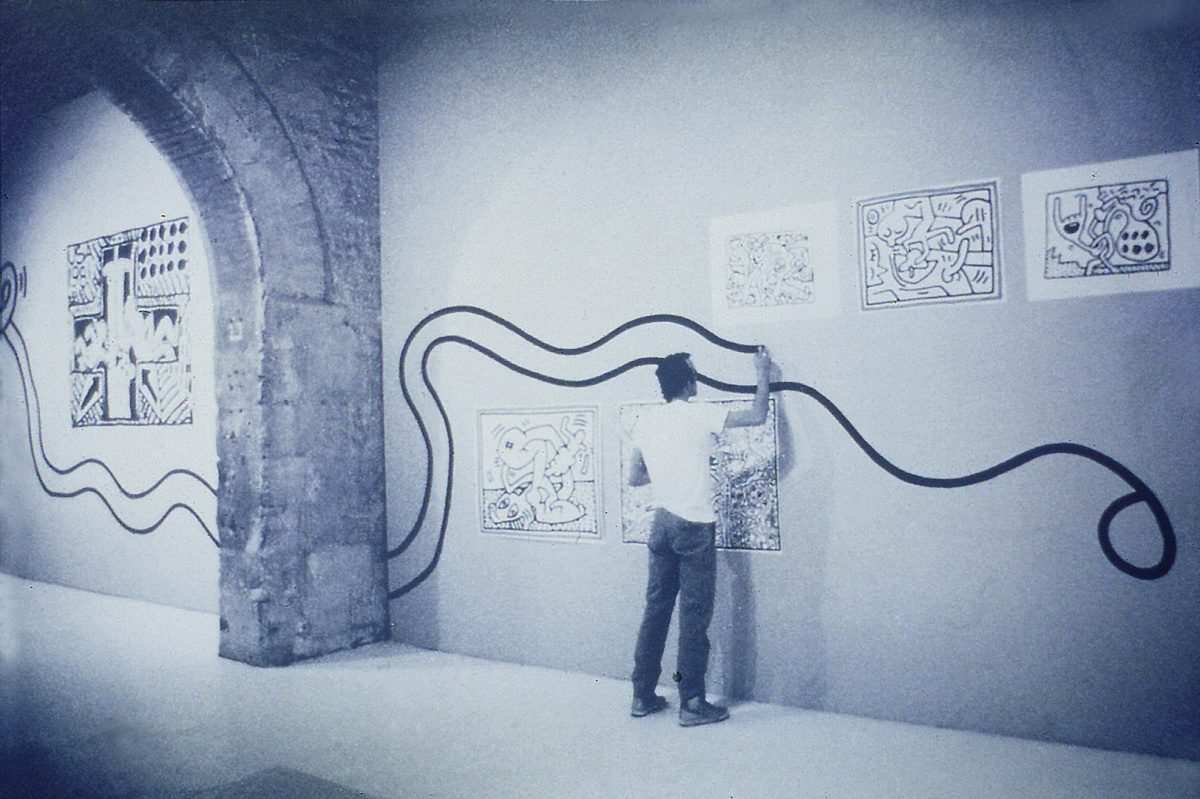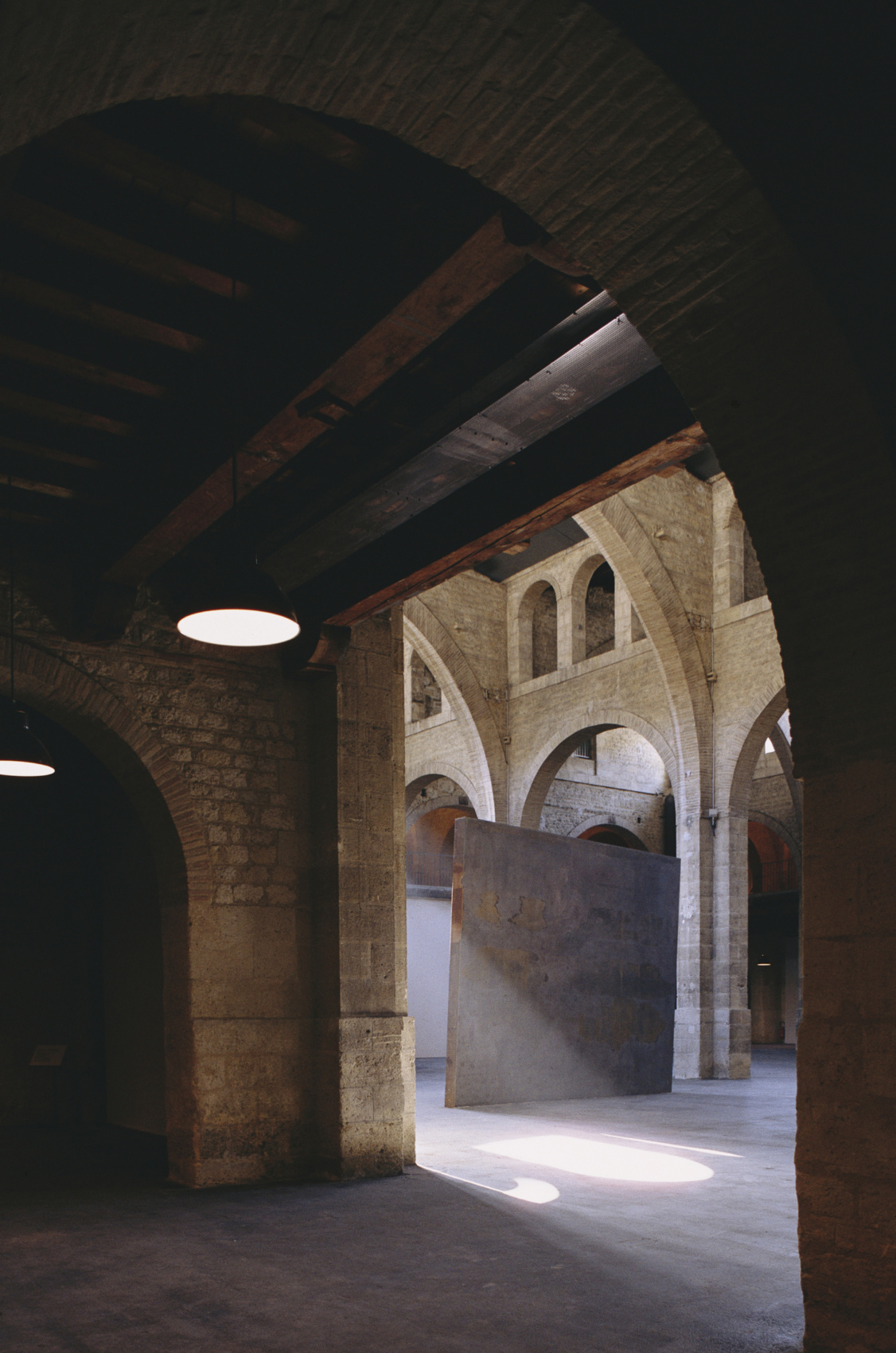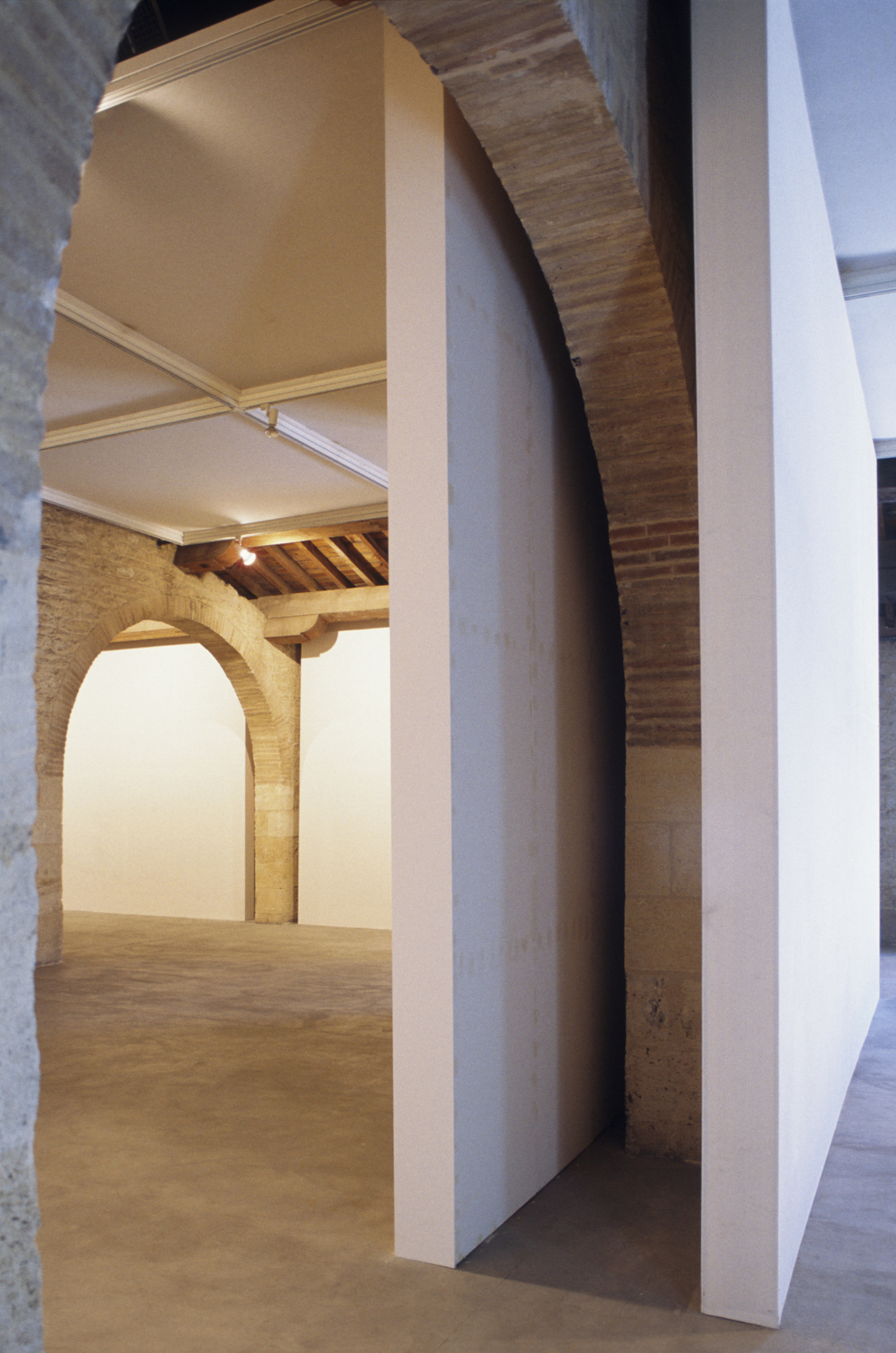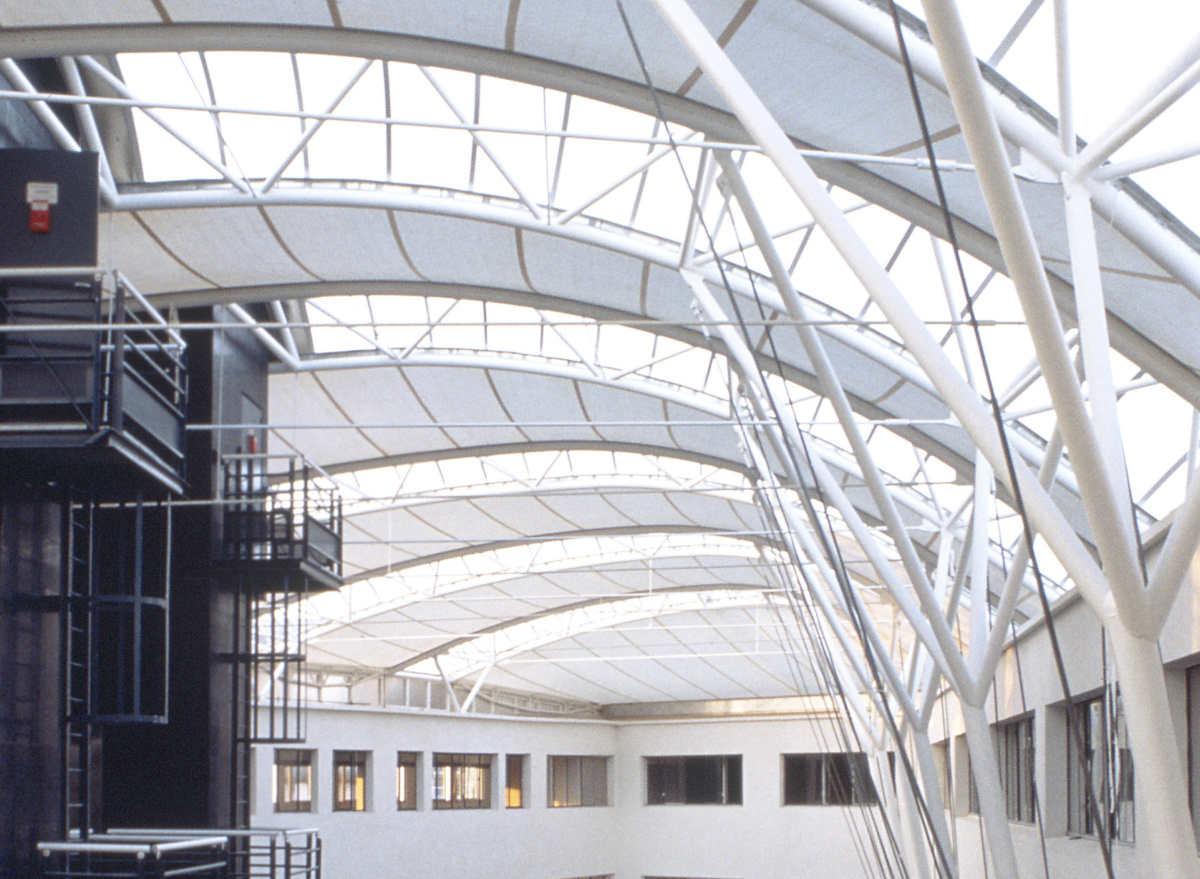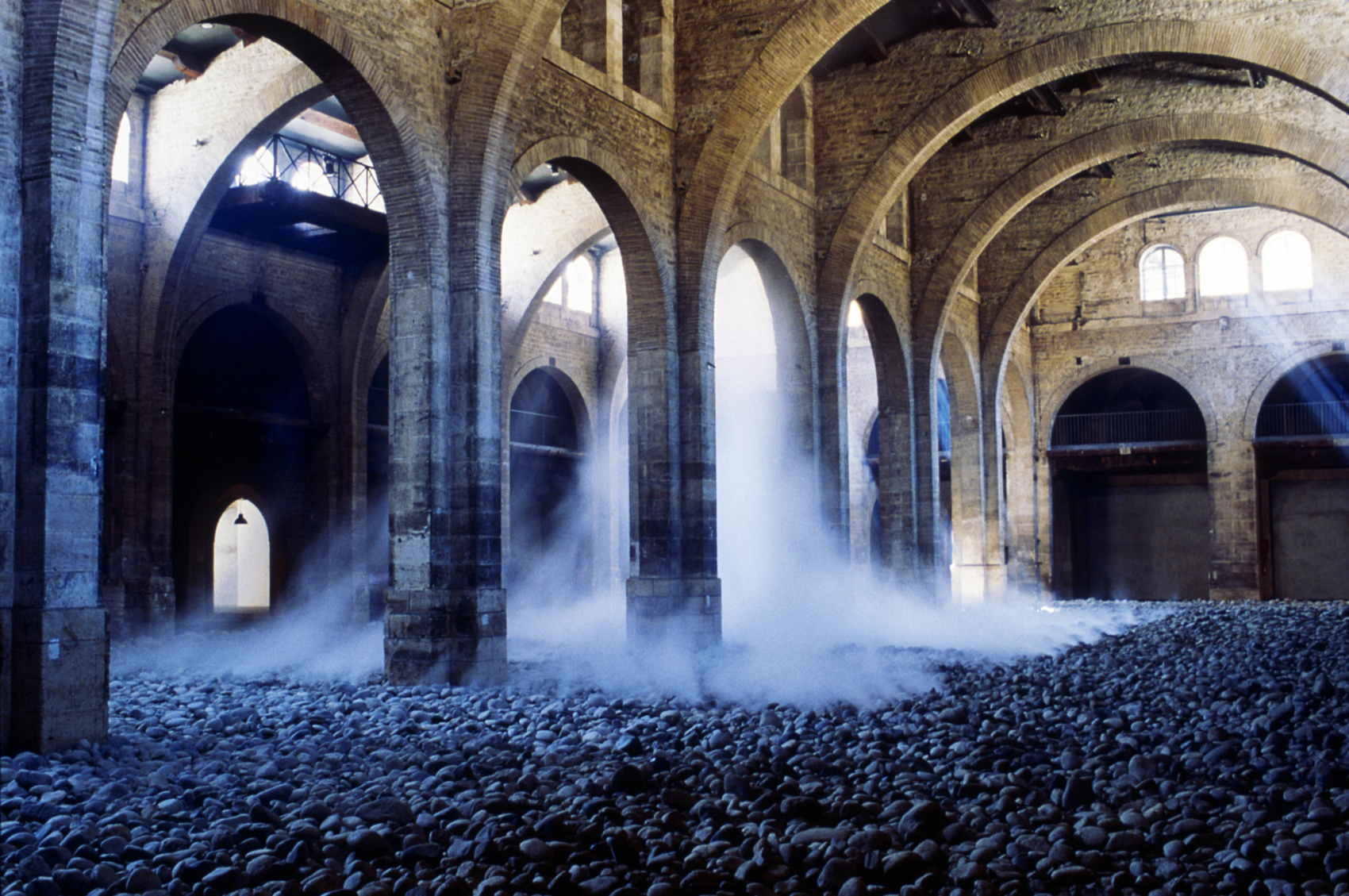
CAPC – Bordeaux
Contemporary Art Museum
Taking the opposite approach from an accretion in which each new layer conceals the previous one, the restoration process preserved the worn look of the stones, the workmen’s graffiti and the blackened look of some of the façades, all indicators of use and of time. To ensure authenticity, the contemporary architectural expression was based on an understanding of, and deep respect for, this architecture of golden limestone and light-coloured brick.
Interplays of horizontal and vertical planes capture a portion of space while revealing what contains them. White walls sometimes fill an empty arch, and elsewhere partially conceal it, stimulating a process of mental reconstruction and thus a fresh way of looking at the place. Here, architectures are interlocked. The contemporary museography and the restored architecture of the Entrepôt are each independent of the other and clearly legible as such. Given the approach taken to the restoration, and the intensity of the relationship between the place and art, the Entrepôt’s merit lies not in effacing contemporary intervention but in being able to exist without imposing itself.
